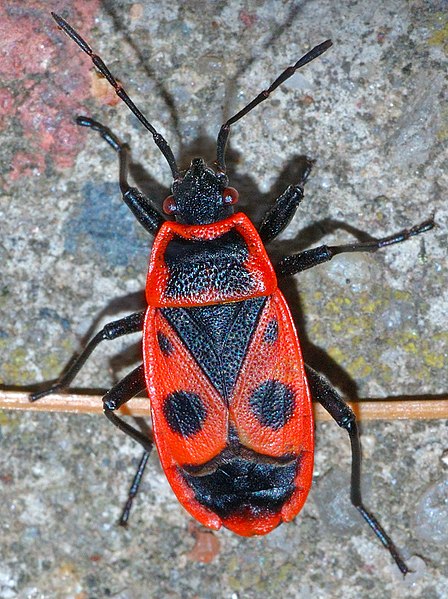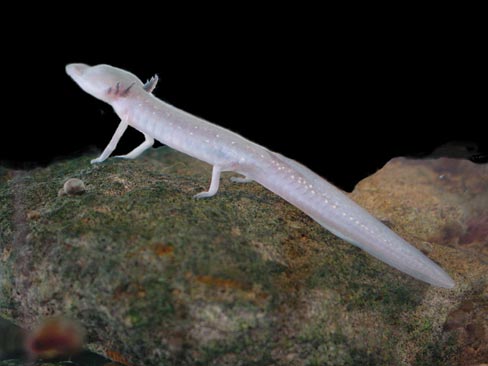 A female Boa (Boa constrictor) shocked herpetologists by giving birth to live young that she produced by cloning rather than mating. What’s more, the process used to create the young is new to the animal world – it has not been seen in any other vertebrate.
A female Boa (Boa constrictor) shocked herpetologists by giving birth to live young that she produced by cloning rather than mating. What’s more, the process used to create the young is new to the animal world – it has not been seen in any other vertebrate.
Asexual Births in other Species
Asexual reproduction or parthenogenesis – producing young without mating – is well known among insects and certain fishes (including Hammerhead Sharks), some of which can even switch sexes several times. It has also been recorded in a small number of reptiles, such as the Brahminy Blind Snake, American Whiptail Lizards and the Komodo Dragon. Read More »
 That Reptile Blog – Reptile, Amphibian and Exotic Pet Care and Information
That Reptile Blog – Reptile, Amphibian and Exotic Pet Care and Information




